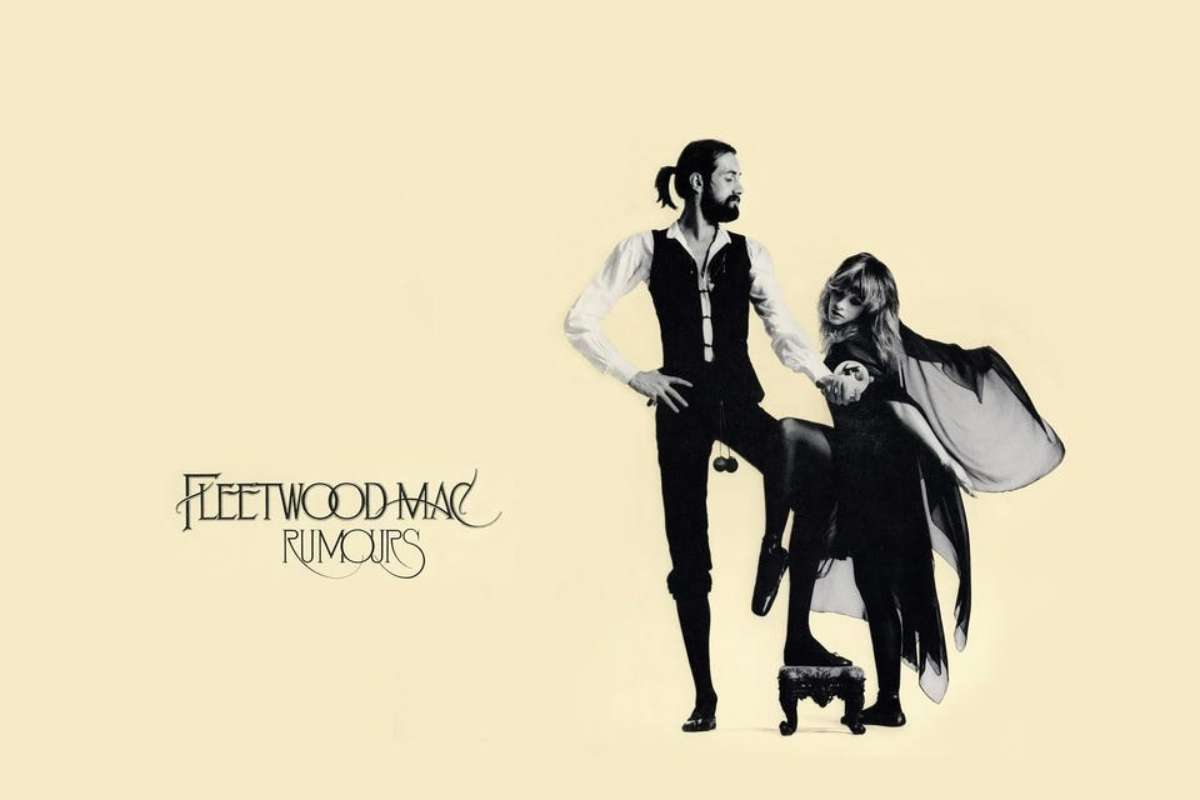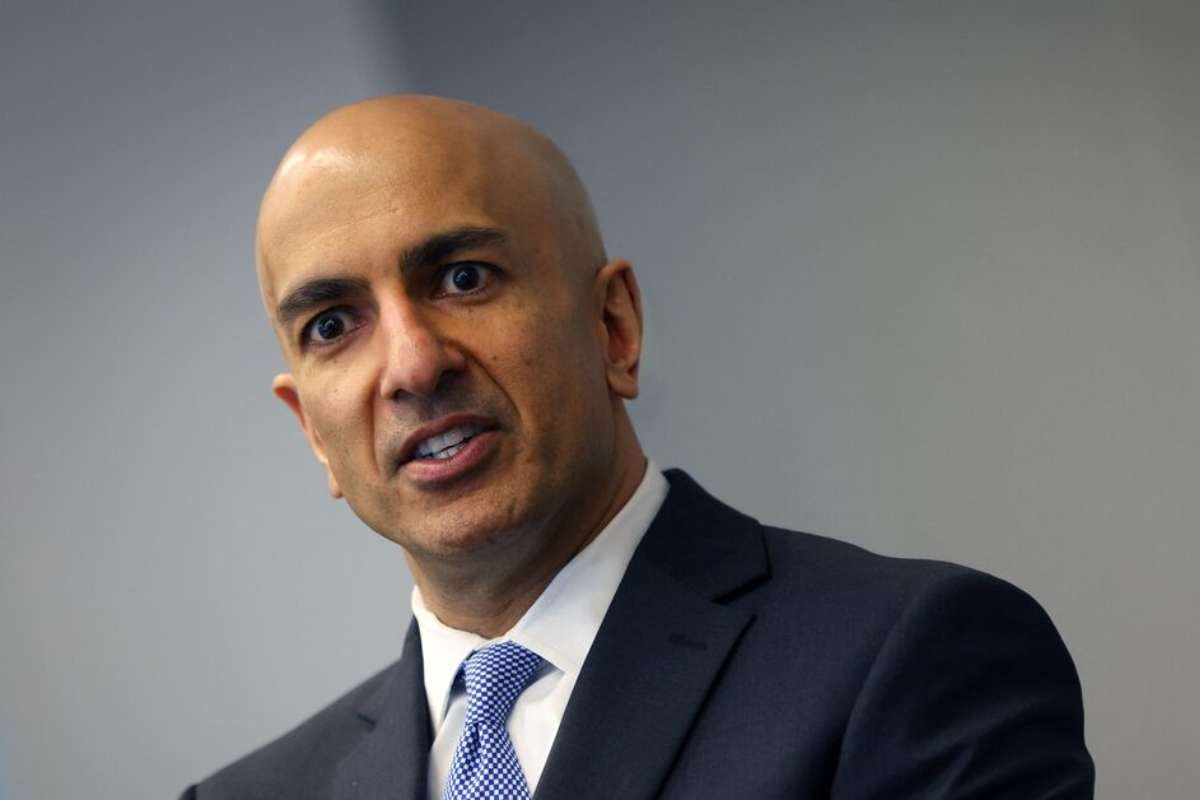Music has always had the power to capture moments in time, and some albums have transcended trends and generations, becoming legendary records. Throughout the decades, specific albums have achieved remarkable sales milestones, selling tens of millions of copies and shaping the sound of popular music. When discussing the best-selling albums of all time, we refer to recordings that have left a lasting impact on listeners worldwide, with sales figures that sometimes seem almost impossible to achieve in today’s digital era.
The history of best-selling albums of all time reveals a fascinating story about what connects people through sound. From the disco movement to grunge, from rock anthems to pop masterpieces, these albums represent distinct eras and musical styles that resonated with audiences worldwide. Understanding which albums topped the charts and sold the most copies gives us insight into what music mattered most during specific periods and what continues to matter today.
In this article, we have curated a list of the best-selling albums and how they influenced both music and popular culture.
The Top 10 Best-Selling Albums of All Time
The following list represents albums that have sold the most copies globally, combining physical sales, digital downloads, and streaming equivalents. These records defined generations and set standards for commercial success in the music industry. The best-selling albums of all time demonstrate the enduring power of music to transcend commercial trends and remain culturally meaningful for years.
1. Michael Jackson – Thriller (1982)
With 65.8 million units sold, Thriller stands as the undisputed leader of best-selling albums of all time. Produced by legendary Quincy Jones, this album introduced groundbreaking production techniques paired with memorable melodies. Tracks like “Billie Jean,” “Beat It,” and the title track became global anthems, spending 37 weeks at number one and spawning seven major hit singles. The album’s innovative music videos set entirely new standards for album promotion.
2. Pink Floyd – The Dark Side of the Moon (1973)
This progressive rock masterpiece has sold 43.3 million units. Pink Floyd created an album that remained on the Billboard 200 for an astonishing 1,000 weeks, exploring themes of mental health and mortality through eleven interconnected tracks that flow seamlessly together, creating a unified listening experience that exemplifies one of the best-selling albums of all time.
3. Whitney Houston – The Bodyguard (Soundtrack) (1992)

With 41.1 million units sold, the soundtrack to The Bodyguard became a phenomenon through its tie-in with the popular film. Whitney Houston’s rendition of “I Will Always Love You” became one of the most-streamed songs of all time, demonstrating how albums can be created through multimedia collaborations between the music and film industries.
4. Grease (Soundtrack) (1978)
The Grease soundtrack achieved 38.1 million units sold, becoming one of the few albums to break the 38-million unit mark. This double album featured music from the popular film, with contributions from John Travolta and Olivia Newton-John, and became inseparable from 1970s popular culture, joining the ranks of best-selling albums of all time.
5. Eagles – Their Greatest Hits (1971-1975) (1976)
Reaching 38 million units, this compilation captured what would become some of the best-selling albums in its era. The Eagles’ greatest hits, including “Witchy Woman,” “Best of My Love,” and “Take It to the Limit,” helped establish the compilation category as commercially viable to audiences seeking collections. Many compilation albums have since followed this successful template, achieving significant success and becoming some of the best-selling albums of all time.
6. Fleetwood Mac – Rumours (1977)

With 37.9 million units sold, Rumours stands as one of rock’s greatest albums. Recorded during an internal conflict within the band, it emerged as a cohesive work, featuring classics like “Dreams,” “Go Your Own Way,” and “Don’t Stop,” which spent 31 weeks at number one and remains a benchmark for what best-selling albums can accomplish artistically.
7. Led Zeppelin – Led Zeppelin IV (1971)
This untitled album, which has sold 36.8 million units, contains “Stairway to Heaven,” considered by many to be one of rock’s greatest songs. Led Zeppelin’s fourth album showcases remarkable musical diversity from hard rock to folk-influenced material, identified only by four mystical symbols. Its mystique contributed to its status as one of the best-selling albums in the rock genre.
8. AC/DC – Back in Black (1980)
With 35.8 million units sold, Back in Black became the best-selling hard rock album ever released. AC/DC recorded this album following the death of lead singer Bon Scott, with Brian Johnson taking over vocal duties. Songs like “You Shook Me All Night Long” have become stadium anthems performed worldwide, cementing their position among the best-selling albums.
9. Shania Twain – Come On Over (1997)

Reaching 33.5 million units sold, Come On Over showed that best-selling albums weren’t limited to rock and pop. Shania Twain’s country-pop blend resonated globally with audiences who appreciated her distinctive style. The album spent 50 weeks at number one on country charts with twelve charting singles, proving country music could achieve massive commercial success among the best-selling albums of all genres.
10. Pink Floyd – The Wall (1979)
With 31.3 million units sold, The Wall cemented Pink Floyd’s status as creators of influential music. This double album functions as both a rock opera and a conceptual journey, exploring themes of alienation and isolation. The album spawned the massive hit “Another Brick in the Wall (Part II)” and remains one of the most important and best-selling albums ever created.
Additional Best-Selling Albums of All Time
Beyond the top ten, several remarkable albums achieved extraordinary sales. Guns N’ Roses’ Appetite for Destruction (1987) sold 30.7 million units, while Adele’s 21 (2011) reached 30.6 million units. Eagles’ Hotel California (1976) achieved 30 million units, The Beatles’ White Album (1968) reached 24 million, and Bob Marley & The Wailers’ Legend (1984) accumulated 18 million units. These releases showcase the breadth of best-selling albums across various decades and genres, each making a meaningful contribution to music history and culture worldwide.
The Impact of These Albums on Music and Culture
The influence of best-selling albums extends far beyond chart positions and sales figures. These records fundamentally shaped how people understood music production, songwriting, and artistic expression. Michael Jackson’s Thriller introduced the concept of the album as a complete creative statement where every song mattered and could succeed independently, establishing a new model for pop music.
Pink Floyd’s The Dark Side of the Moon revolutionized the way musicians approached concept albums, demonstrating that complex themes could resonate with a massive audience. The Bodyguard and Grease demonstrated synergy between film and music, inspiring the industry to invest in high-quality soundtracks. Fleetwood Mac’s Rumours proved that personal conflict could fuel creative excellence, while Led Zeppelin showed that best-selling albums could be built on mystique as much as on musical merit.
Also Read: Top Non-Celebrity Instagram Influencers Taking Over 2026
Best-Selling Albums in the Modern Era
As streaming becomes the primary method of consumption, the way best-selling albums are counted has evolved significantly. Recent releases, such as Taylor Swift’s The Tortured Poets Department and Kendrick Lamar’s GNX, demonstrate that appetites for full-length albums remain strong. Streaming equivalent units are now factored into calculations, allowing modern releases to accumulate impressive numbers through a combination of streams, downloads, and physical copies.
The resurgence of vinyl has transformed measurements around best-selling albums. Special vinyl editions appeal to collectors and music enthusiasts, contributing to sales figures and proving that people value albums as complete artistic works deserving careful curation and thoughtful presentation.
Conclusion
The best-selling albums of all time reflect the evolution of music over several decades. From Michael Jackson’s Thriller to Pink Floyd’s The Dark Side of the Moon, these albums represent far more than commercial success. They embody moments when artists and audiences connected in ways that permanently influenced popular culture, reminding us that great music never loses its power to move people.






-1.jpg)











